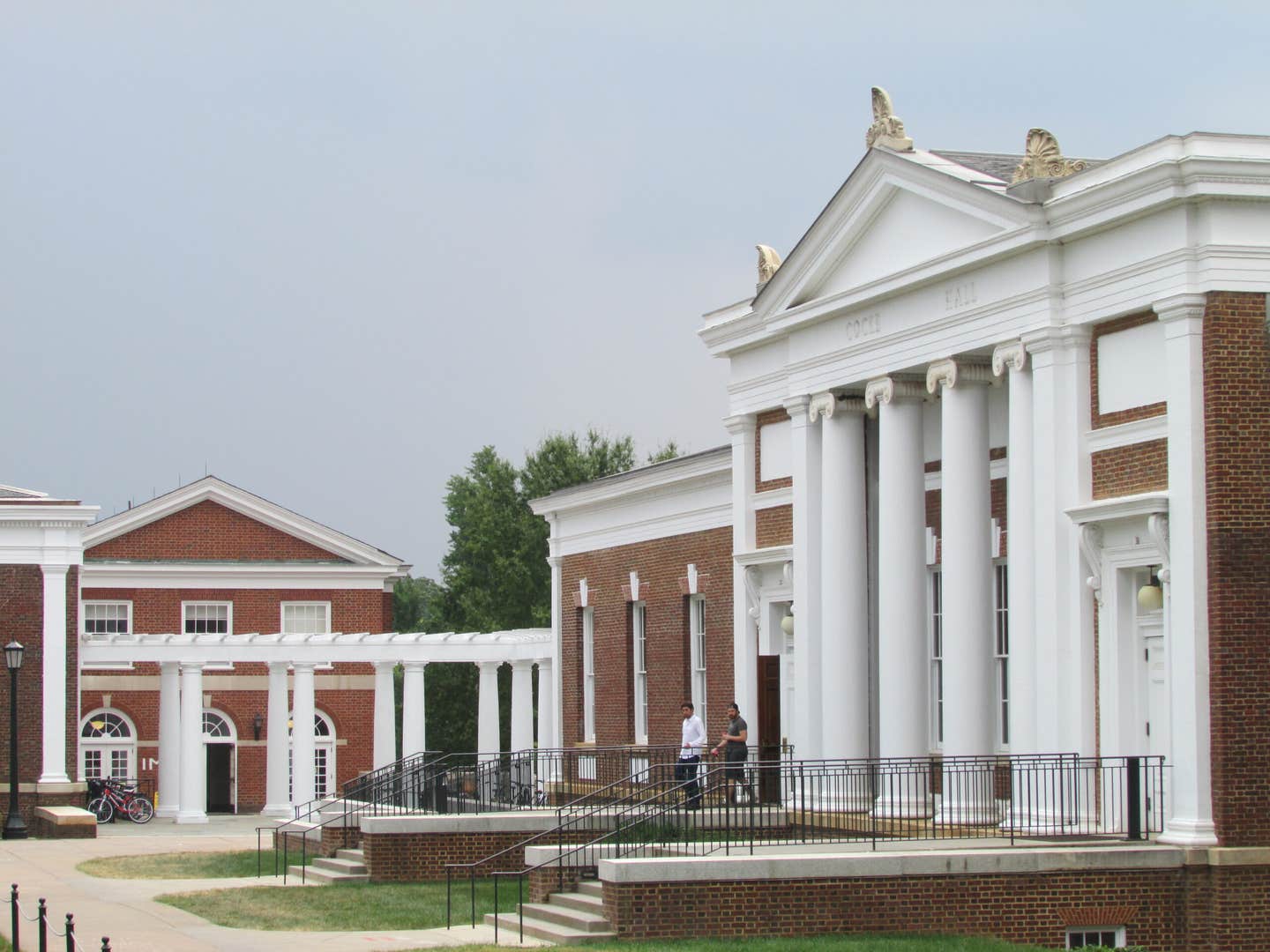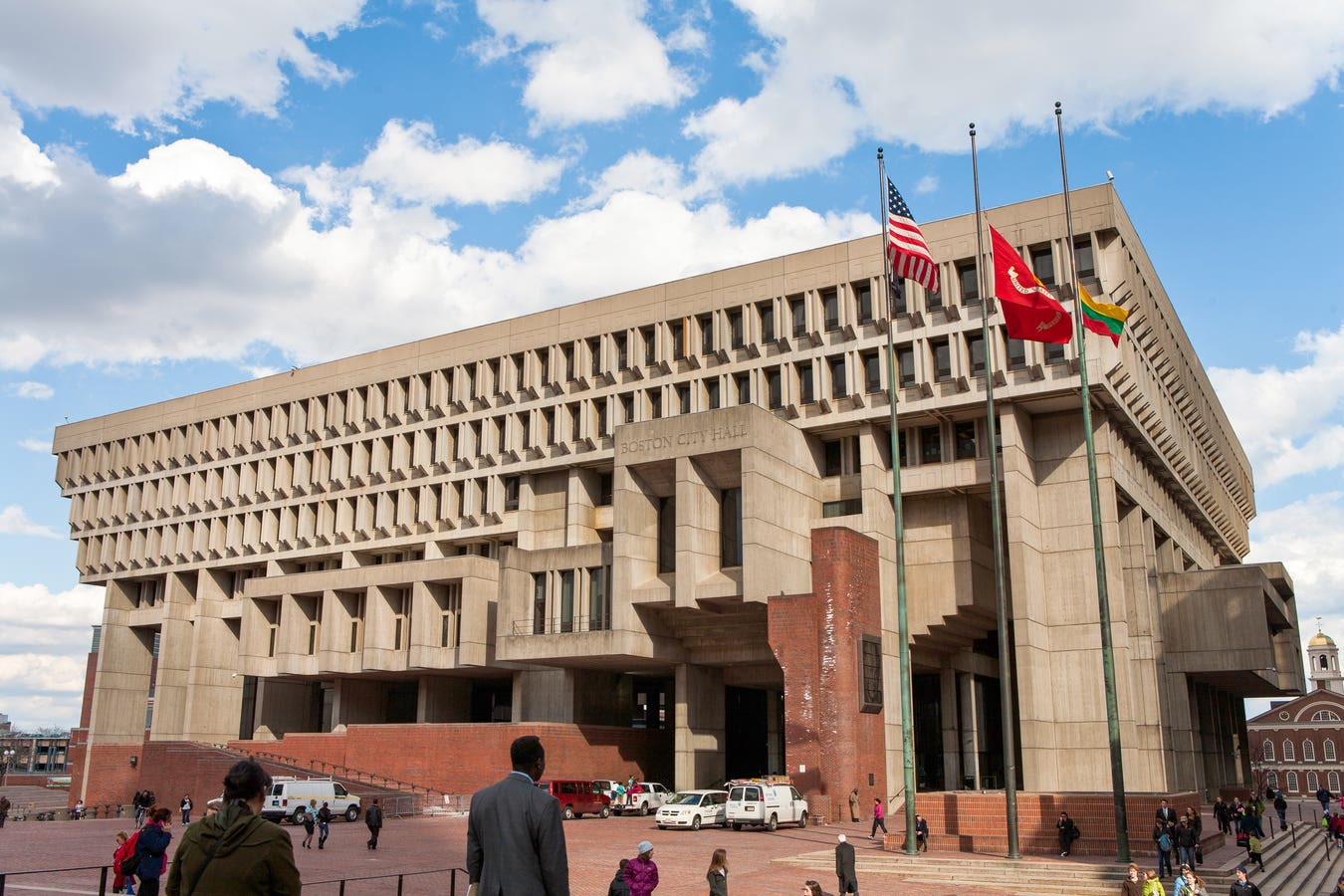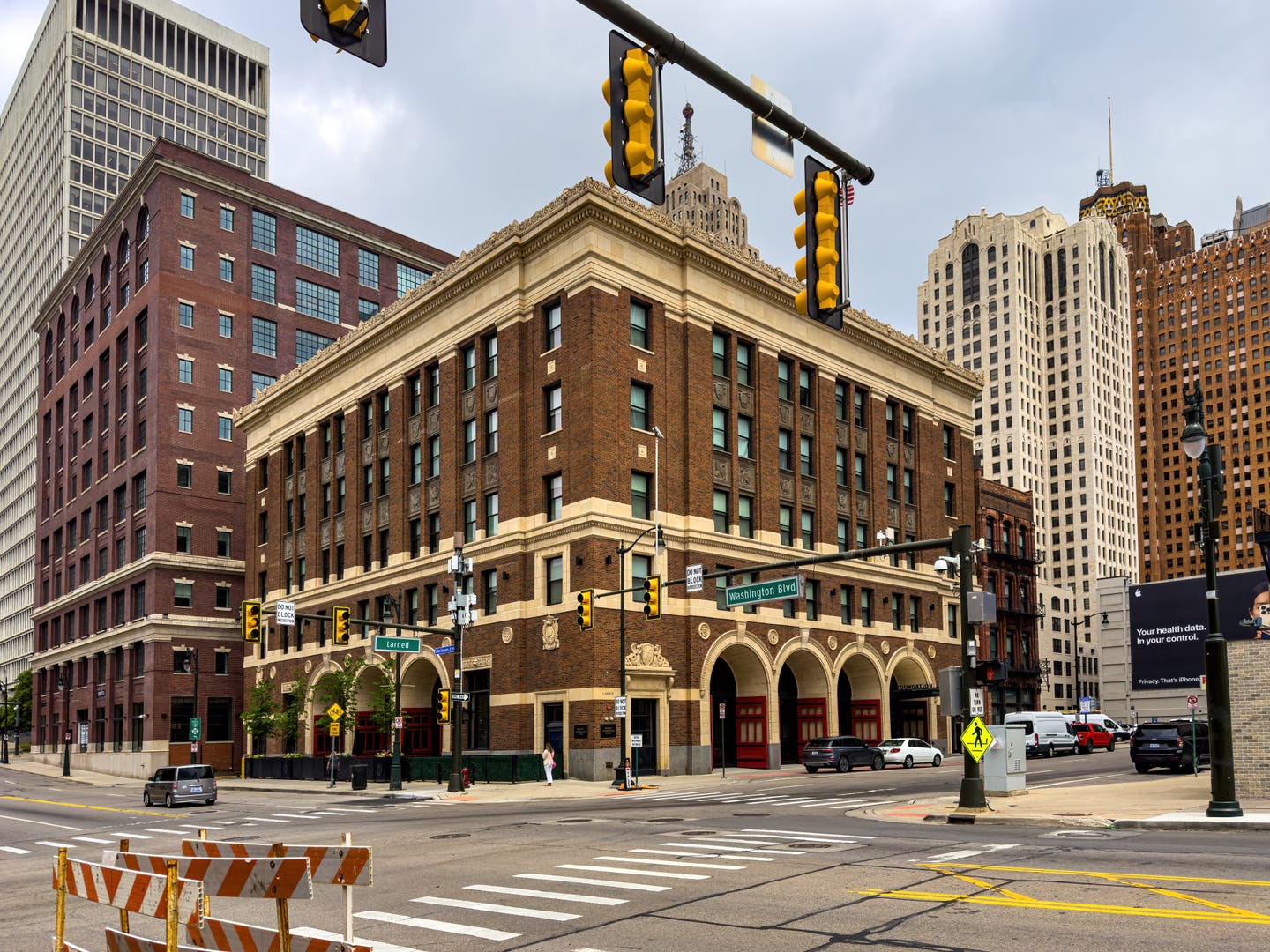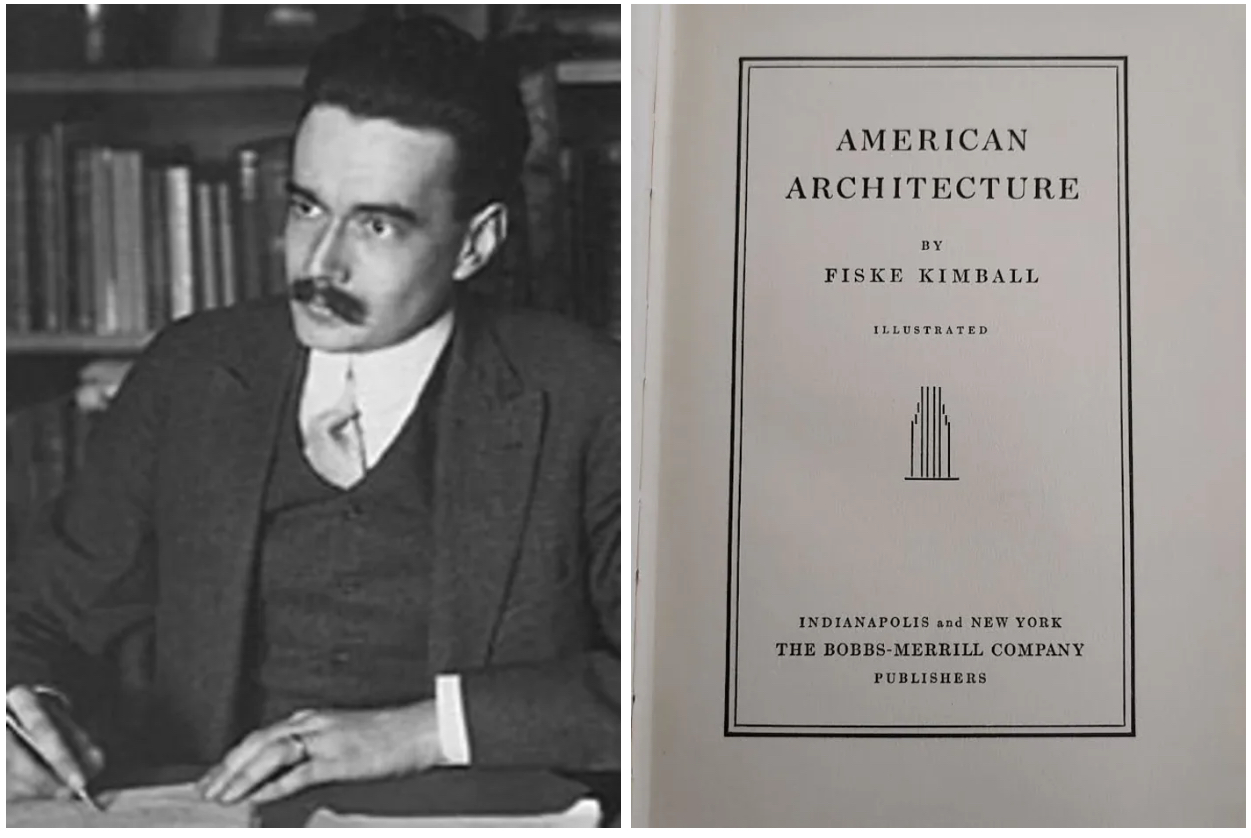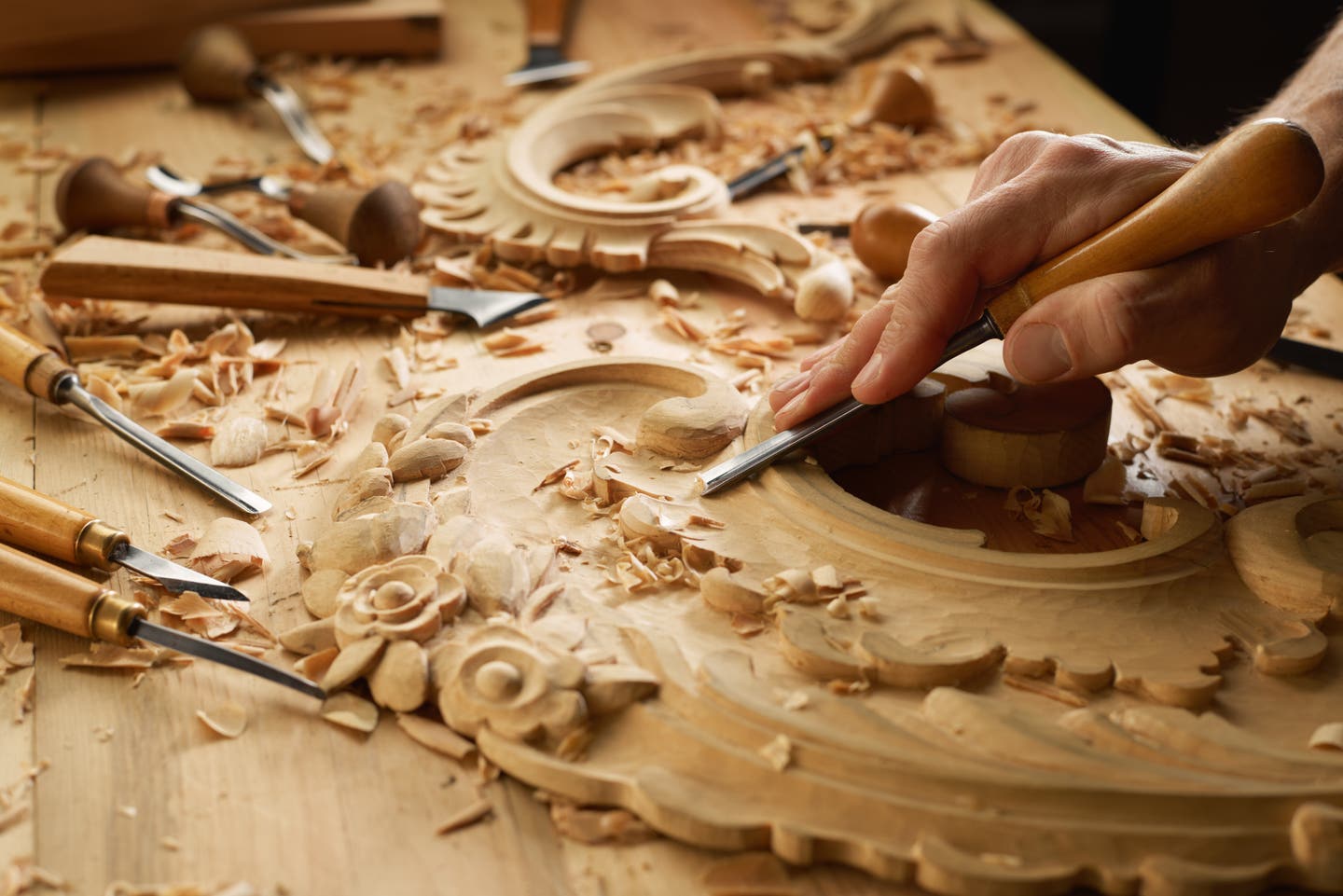
I was raised on a glacial moraine at the northernmost reaches of the Appalachians in Tompkins County, not far from Ithaca, NY. If we dug a hole we always found a rock. Sixty some years ago, my family dug a large hole to build an addition on the house, and from that my mother built an array of landscape walls. Piling one rock on another is a bone-natural activity for me. Decades of schooling got me away from that, steered off with adult advice that nobody plays with rocks.
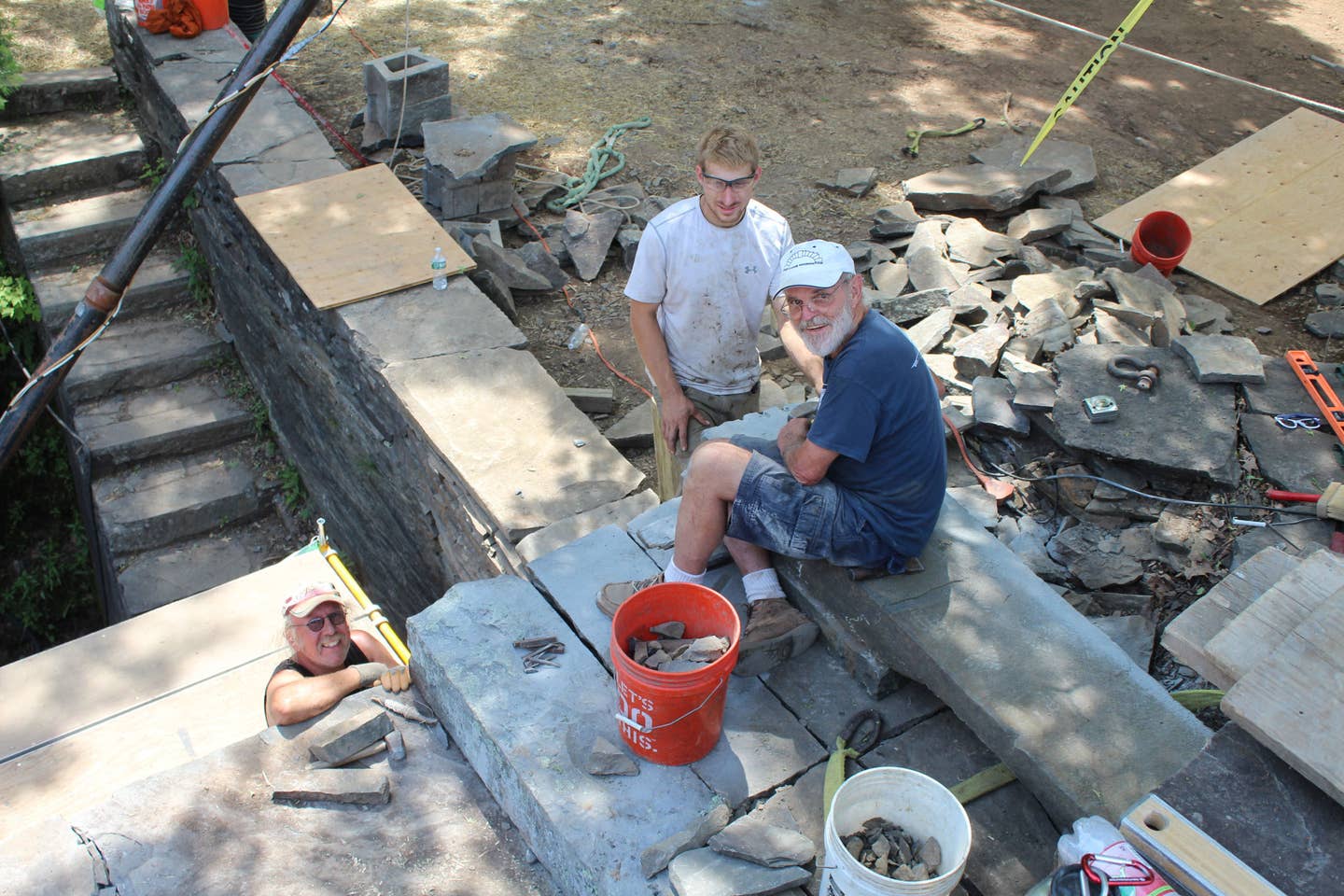

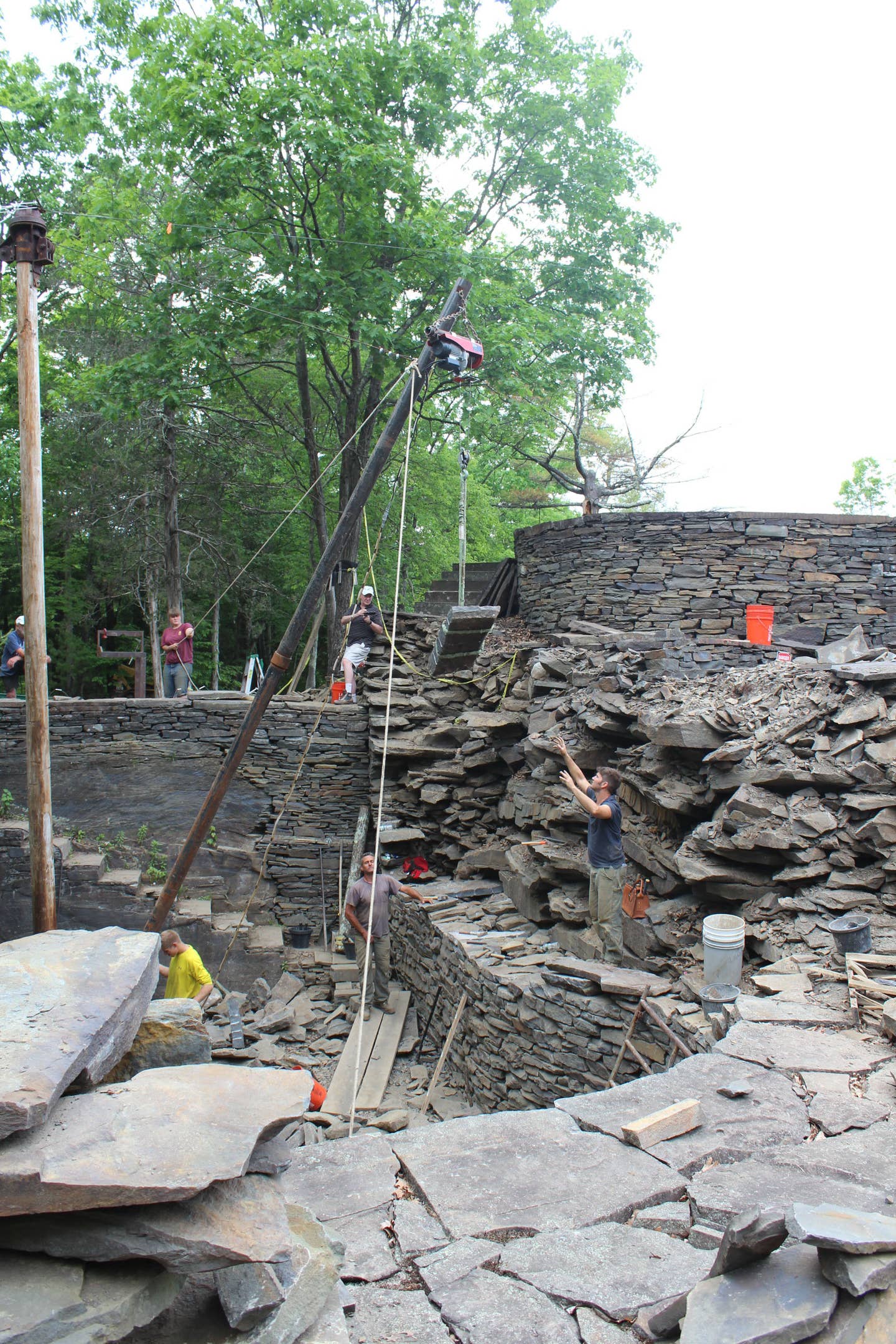
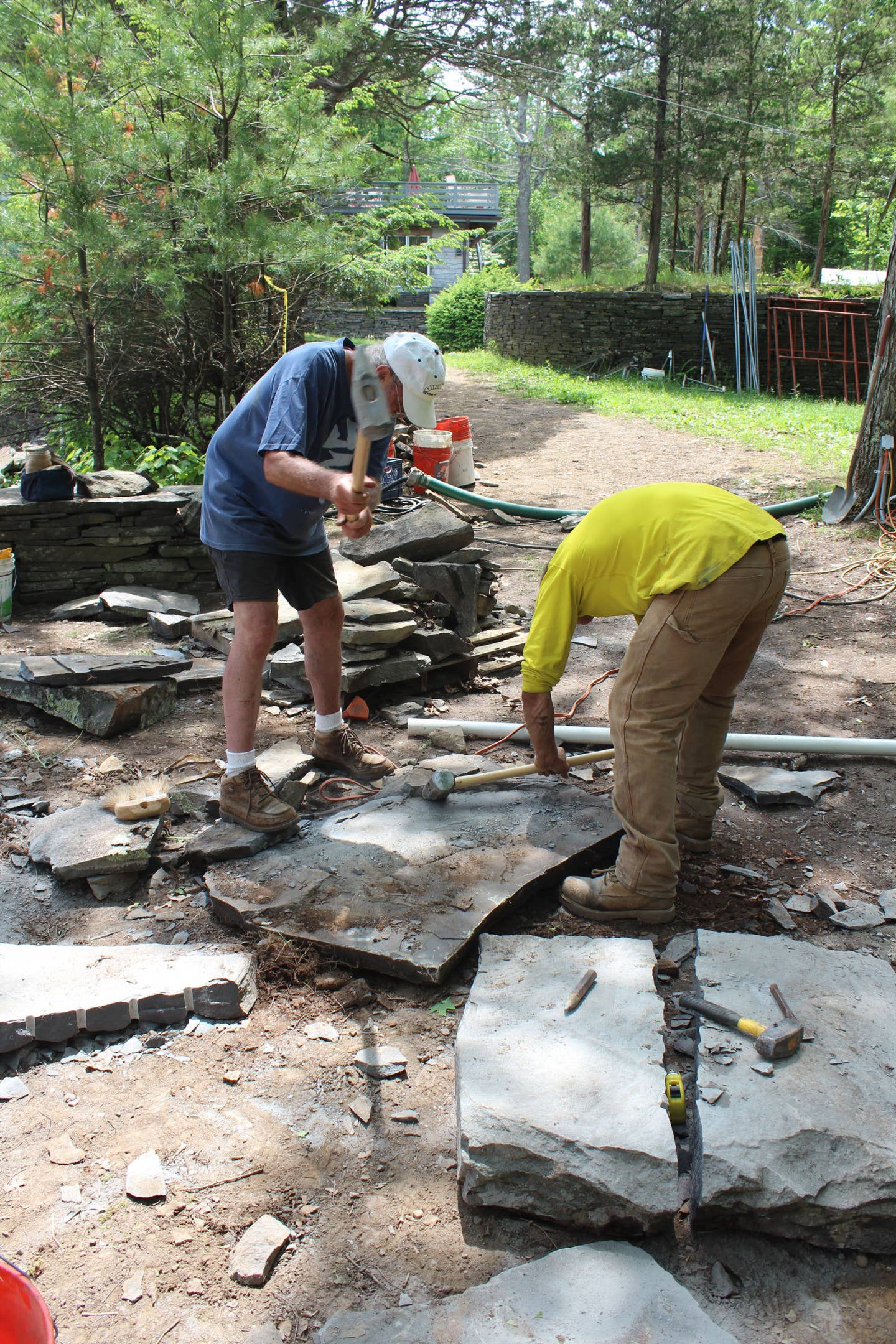
I had to drop out hard before I found myself, and that was in playing with stones, which I continue in my roundabout way to this day. But as much as I enjoy playing with stone, I would never consider myself a humble tradesman. I am more of a hack of odd sorts, never an expert, but always on the lookout for people who really know what they are doing.
One hundred miles north of New York City in the Hudson Valley at Saugerties, NY, in Ulster County is a dry-stone art-park known as Opus 40 that comprises 6.5 acres of walkable bluestone works. Opus 40 was the career work of Harvey Fite, a sculptor and head of the art department at Bard College, who died in 1976 when he was mowing the lawn and his tractor fell on him. If you are in the least bit dry-stone-mad, then Opus 40 is a top-of-the bucket-list destination. In 2001 the site was listed with the National Register of Historic Places.
Hurricane Irene by-passed NYC in 2011 and proceeded up the Hudson to wreak havoc with widespread flooding. Opus 40 suffered from the hurricane with the collapse of a prominently large section of wall. A portion of the installation built early-on by Harvey Fite, in an area open to a visitor’s first approach, and, as the wallers this time around remarked, not quite well tied in. It is well tied in now.
Billed as a Stone Foundation Legacy Project during the summer of 2016, a group of dry-stone wallers and non-wallers from NY, PA, VT, NH, ME, CT, RI, Canada and England gathered in small work groups, a few this day, a few that day, a relay team with over two dozen people throughout the month of June, who participated to rebuild the wall.
Sean Adcock, Master Waller from Wales, headed up the hands-on workshop activity. The project manager and stonecutter was Tomas Lipps, founder of the Stone Foundation and publisher of Stonexus. On the project for the duration was Alex Banfield, a student at the American College of the Building Arts in Charleston, SC.
August 2014 began the preparations, under the guidance of Tim Smith, Opus 40 board member and supervising mason, to clear up and lift out large stones.
The base of the wall was in a hole and required a gin pole with a boom to lift stones out of the hole and back into the wall. The gin pole was a project in itself, and was from the original equipment used by Harvey Fite when he, alone, built the walls.
During the rebuilding, I visited the site with my son and we gave a very small hand in support of the activity. From a playing-with-stone perspective it was tempting for me to want to jump in, but as well to hold back and let those whose careers are day-to-day stone setting have their go at the collaborative adventure.
The author Tad Richards, Fite’s stepson, a spokesman for the nonprofit, lives on the premises and looks after the ongoing conservation and promotion of the site. Opus 40, as with any cultural treasure, requires funding and in part sustains itself through hosting of weddings, concerts, and social events. During one of our visits to the rebuilding project there was a wedding; all on the crew stood silently during the vows. Because we were busy with the stones and visiting our friends, we did not visit the Quarryman’s Museum, reputed to be a collection of stone-working tools collected and used by Harvey Fite. It is always good to have a reason to return to a very cool and inspiring place.
OPUS 40 (50 Fite Road, Saugerties, NY 12477; 845-246-3400)
�



